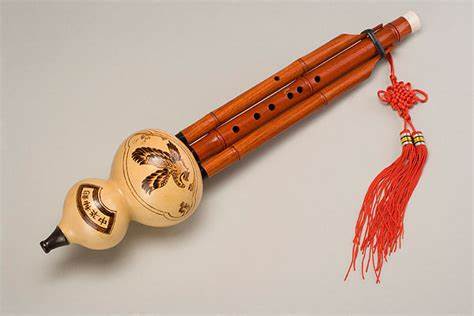The modal world of Hulushi: Analysis of diversified timbre and tonality
Hulusi, as a typical representative of the traditional wind instrument of the ethnic minorities in southwest China, has a melodious tone and is deeply loved by the majority of music lovers. When discussing the charm of hulusi, its rich mode system is particularly worthy of attention. The variety of tone of hulusi enables it to perform a variety of different styles and emotional music.

The modes of hulusi mainly include the following:
1. High pitch: such as small G, small F, etc., this kind of hulusi has a higher range, crisp and bright tone, suitable for playing cheerful and light tracks.
2. Middle tone: including B flat, A tone, etc., this kind of hulusi timbre is relatively thick, suitable for stable and affectionate musical mood.
3. Low tone: such as big G, big F, big E flat, big D, etc., these hulusi have a low range, deep and full timbre, especially suitable for creating a solemn and grand musical atmosphere.
4. Popular mode: such as minor D, C, B flat, G and F, etc., they are the most common mode among hulusi learners, not only covering different vocal ranges, but also the preferred mode for most primary textbooks and repertoire.
In addition, there are some uncommon special modes, such as small E key, although fewer users, but in specific occasions or music will play a unique role.
Each mode of fenugreek has its specific range and timbre characteristics, choosing the right mode of fenugreek is very important for the correct performance of music works. For learners, understanding and being familiar with the characteristics of fenugreek in different modes will not only help improve their playing skills, but also enrich the diversity of musical expression, so as to better understand and spread the unique charm of this ancient instrument.
 渝公网安备 50010702504639号
渝公网安备 50010702504639号